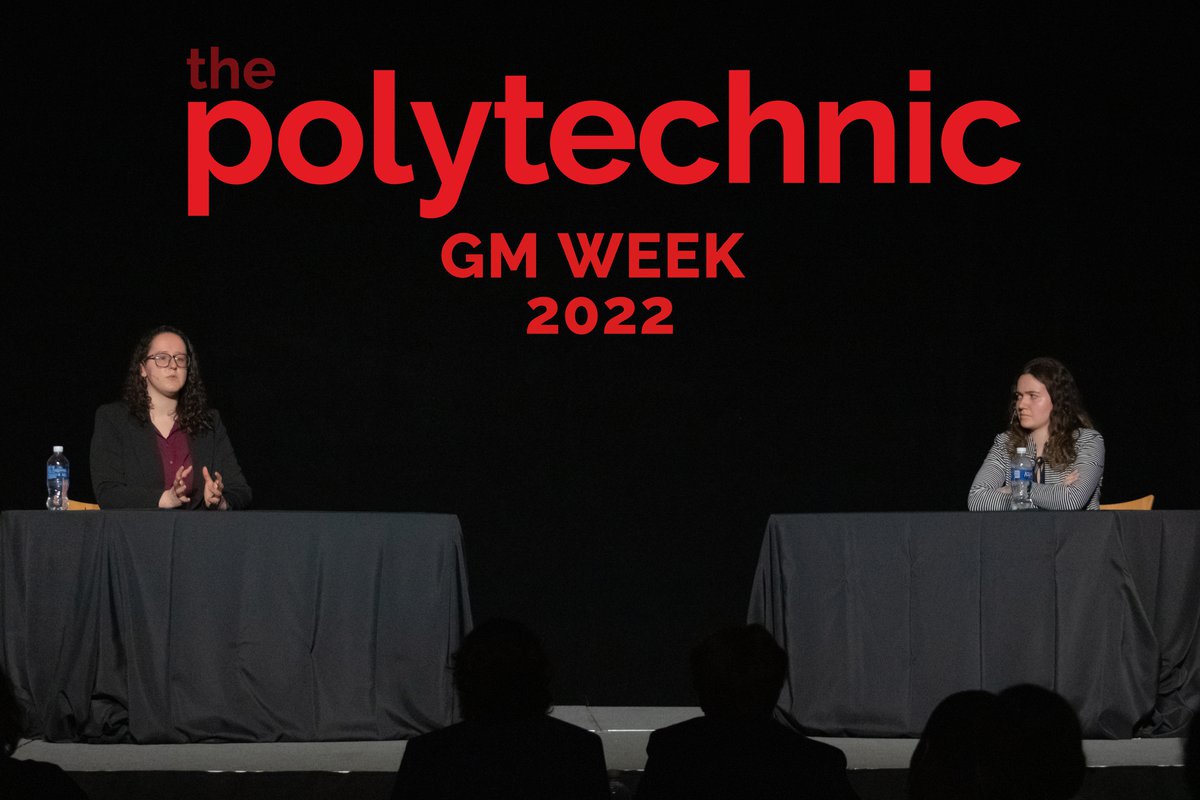Picture this
A decade ago, AI-generated art was slipshod, text generators were considered harmless toys, and most machine learning models were confined to research laboratories, endlessly fine-tuning its parameters. Now, art generators like DALLE-2 are being used as an alternative to stock images and GPT-3’s text generation is so terrifyingly convincing that accessing the model requires a background check to prevent misuse. Full-body deepfakes too, albeit still in their nascent period, are inching closer to reality. Almost every branch of art—a discipline thought to be a uniquely human skill—is being toe-tested by the machines, with attempts ranging from poetry to pixel art to orchestral soundtrack music.
We’ve seen plenty of talk bubbling through our internet feeds, but a cursory glance at Joe Biden trail cam footage or skimming an article about AI-generated art winning the Colorado State Fair isn’t enough to justify my predictions about the future of entertainment. The interplay between computers and art have been around for a long time, yet accelerated research in machine learning and artificial intelligence have led me to believe that by the turn of the century, most internet content will be generated by machines—and it makes more sense to accept it.
To explain my reasoning, let’s consider a thought experiment.
The medium isn’t the message
Assume you’ve read two stories of equal length—let’s call them A and B. Both stories gave you the same positive amount of pleasure while reading and the same positive amount of satisfaction after finishing. However, story A was generated by a non-sentient computer program while story B was written by a human. Armed with this knowledge, how would your beliefs about story A change with comparison to B?
The fundamental question we are asking is whether non-human agents deserve the same amount of creative respect as humans do. If you enjoyed both stories equally, then it’s reasonable to say it didn’t matter who wrote it—after all, both stories produced a positive outcome. Furthermore, if the human author carries controversial baggage, some people may be morally disinclined to enjoy story B. In this case, the computer-generated story would be a better choice than the human-written story, despite the computer lacking any emotional or creative intuition.
But because the computer lacks intuition, it would also be reasonable to claim the human story is better as it may be embedded with symbolism, nuance, and other literary devices. In fact, one could claim it is impossible for a machine to reach or surpass human creativity because creativity is, ultimately, a human ideal. We can’t define creativity as a set of rules for the machine to understand. Instead, we have to feed the machine works of art and hope it can learn something meaningful, despite us not fully comprehending how.
Personally, I lean towards the human-written story. Our minds are designed to work with complex ideas—computers are great at manipulating numbers, but that’s about it. Yet I am not fully convinced by my own answer; despite the potential for more intricate narratology in the human story, we are still equally satisfied with either choice, human or machine. The ephemeral knowledge of what the human story could imply is unknown and irrelevant to this scenario’s outcome. Thus, if your satisfaction and enjoyment were the only metrics up for measure, both stories are functionally equivalent. A new question, then, is identifying what describes our most basic form of entertainment.
Era of discontent
Art demands reasoning beyond an aesthetic configuration of shapes and colors. Art demands intuition and emotion, neither of which have developed in machines—I hope. But what about art that doesn’t require intuition or emotion to create? What if someone just needed a picture of a bear on a tricycle rendered in crayon? This is where things get tricky, because now we have two separate definitions of art: one that embodies the human element and one that is fit for mass publication.
Let’s call the second definition content, because that’s all it really is—a superficial, straightforward expression of one or two ideas. Content sits at the lowest level of the cognitive pyramid not because it’s “stupid,” but because it does the job. Most memes fall under the label of content as they strive to maximize humor. Stock images, prompt generators, and background music are all considered content since they accomplish a singular goal.
Because content is such a basic form of communication, it will be the first creative product to fall into the hands of AI. If we somehow perfected the image generator and fine-tuned the text synthesizer, content creation would be dictated by the consumer rather than the producer. Imagine generating high-quality stock photos for an article based on a user-defined prompt, or running a program that spun up cogent logo designs for your flashy new business. How does one compete with a picture-spewing monster that drew a hundred concepts before you picked up the pen?
Right now, machines are getting pretty good at imitating human works, and sometimes an imitation is all you need. After all, we care more about how content makes us feel rather than where it comes from; this is why we’re so malleable to misinformation. The most important safeguard, then, is fortifying AI-generated content to avoid any cognitive pitfalls—no one wants to tame a beast that outgrew its cage.

 GM Week 2022
GM Week 2022